Tehran's election fiasco
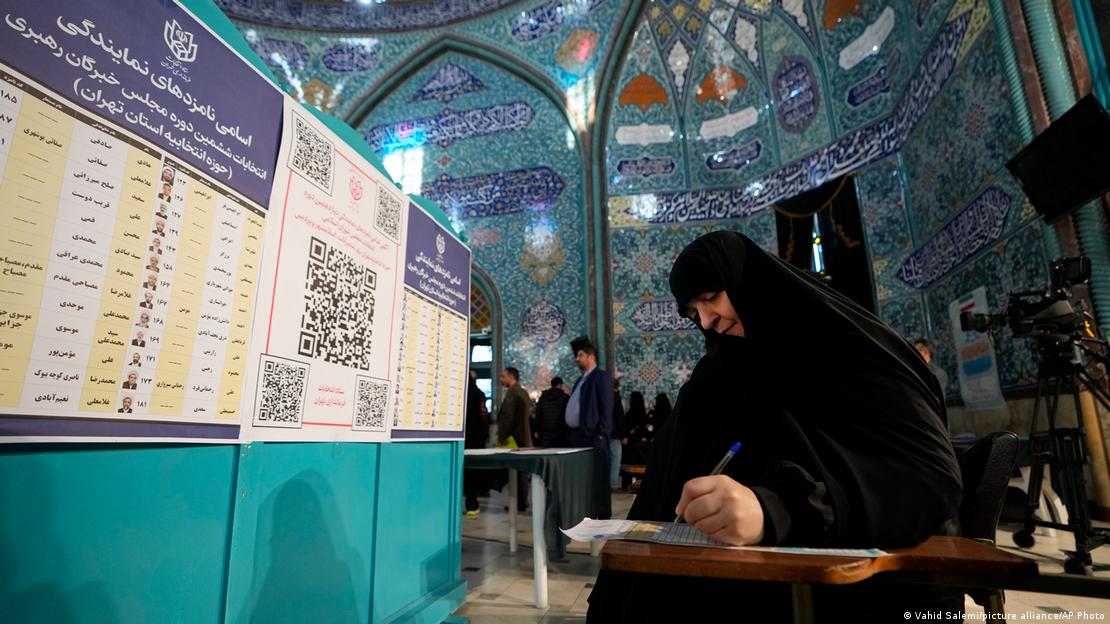
On 10 May, the second round of the parliamentary election took place in Iran. The Interior Minister let it be known that the turnout was even lower than in the first round, in which 41 per cent of Iranians voted. According to former Communications Minister Azari Jahromi, voter turnout in Tehran was actually around 8 per cent. The Iranian people have dubbed the polls the "election circus".
"It is disgraceful for a nation [...] with such lofty aspirations [...] to [have] a voter turnout of 35 or 40 per cent. [...] Obviously these people have neither faith nor [...] hope in their political system." These are the words of none other than Ali Khamenei, the supreme leader of the Islamic Republic of Iran. The quote dates from 2001 and refers to election turnout in the USA, Iran's arch-enemy, but also to the West in general.
Following the announcement of the latest election results in Iran on 1 March 2024, the video of his old speech went viral. The Ayatollah's malice towards the West now fell back on himself and the political system he presides over, because participation in the first round of the Iranian parliamentary election on 1 March had reached yet another historic low of 41 per cent.
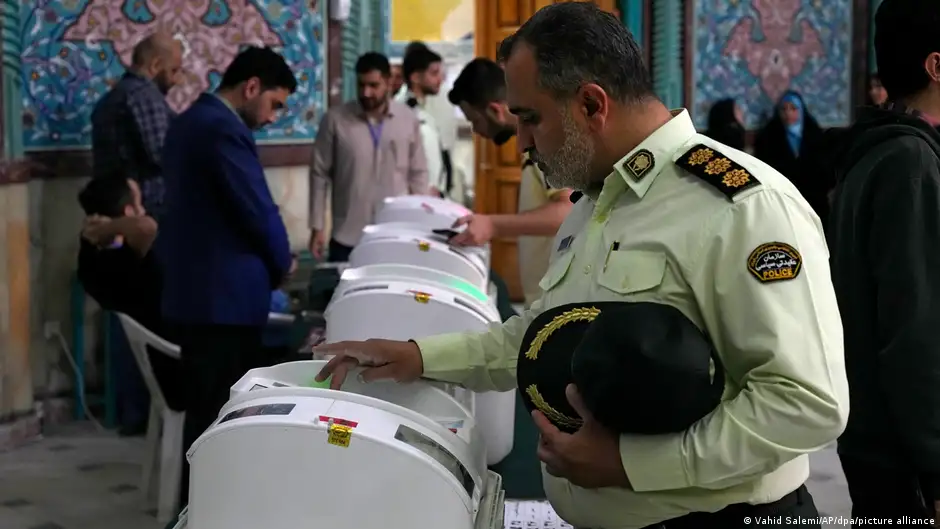
Nevertheless, Khamenei did not miss the opportunity to speak stoically of an "epic turnout", a "jihad of the people", who had thus "defeated all enemies" who would have prevented them from voting.
But even the officially announced 41 per cent should be taken with a pinch of salt because this figure was announced by the Fars news agency, a vehicle of the Revolutionary Guard, immediately after the polling stations closed – a result that would seem to have been stipulated beforehand by the country's powers that be. Three days before the polls opened, Fars was still speaking triumphantly of an expected turnout of 70 per cent.
Social reality versus regime propaganda
But the social reality in Iran is completely at odds with what is being propagated by the regime. Given the Iranian people's disillusionment with the establishment, actual voter turnout is likely to have been significantly lower than officially announced – perhaps no more than half.
According to a survey conducted by a state institute, 30 per cent of voters went to the polls on 1 March, 22 per cent in the province of Tehran and just 15 per cent in the city itself, where one in nine Iranians lives.
During the "Woman, Life, Freedom" protests in the autumn and winter of 2022, a leaked regime memo revealed that the authorities believed that 80 per cent of the Iranian population sympathised with the revolutionary uprising.
For the past few years, the regime's grassroots support has been waning and is estimated today to account for only between 10 and 15 per cent of the population – the very same people who went to the polls in the recent election.
Another group of voters cast their vote because they were either forced to do so or were tempted by incentives offered by the state. The former, some of them civil servants, were warned of professional consequences if they did not vote, while the latter included soldiers who were enticed by four days' leave.
In addition, two members of parliament reported that they knew of cases in which citizens' ID cards were used in elections even though the people in question did not vote in person.
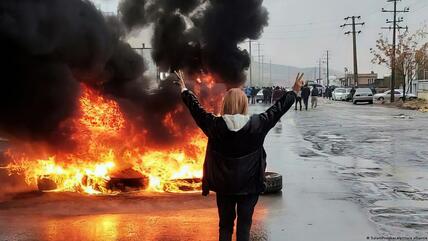
Fighting for freedom in the "mullah state"
Women are the main drivers behind the new revolutionary movement in Iran. Four female authors offer inside views and moving snapshots from a variety of perspectives. Review by Rene Wildangel
However, this new, historic low indicates that something is simmering under the surface even within the regime's remaining base. Frustration has spread there as the Islamic Republic's ideological aspiration to social justice collides with rampant corruption and the current hardline government's inability to alleviate economic hardship.
There is also a yawning gulf between the government's rhetoric of unconditional support for the Palestinians and its noticeable reluctance to engage directly with Israel or the USA in the war in the Middle East.
The reformers' failed attempts at "purification"
Elections in the Islamic Republic have never been free or fair. The ultra-conservative Guardian Council filters candidates in advance of the election according to their loyalty to the system. Often, the only choice for voters was between the lesser of two evils, the so-called reformers, and the greater of two evils, the hardliners.
But even this authoritarian simulation of democracy that is imposed from above has lost its appeal at the latest since the winter of 2017/2018. In nationwide protests at the time, chants of "Neither reformers nor hardliners! The game is over!" were heard – a clear rejection of the reformers among the Islamist elite, who are perceived as part of the problem rather than part of the solution.
Although nearly all reformists and centrists (conservatives) were excluded in advance from this year's elections, their admission would have done nothing to change their historic loss of legitimacy in the eyes of the people.
Instead, 15,000 candidates who are loyal to the centre of power – i.e. the Supreme Leader and his "Bureau", which functions as a parallel government – and the Revolutionary Guards were admitted. This selection procedure was preceded by a process of power monopolisation – known in regime jargon as "purification" – which was carried out by an ever-shrinking elite group that pays homage to the cult of leadership around Khamenei.
Running for parliament this year were, therefore, various representatives of the hardliner camp, which ranges from fundamentalists to extremists and includes both the old guard of the regime and a younger, often even more radical generation. This involves not least a struggle for the allocation of privileges and resources among various oligarchic clans within a highly corrupt and kleptocratic system.
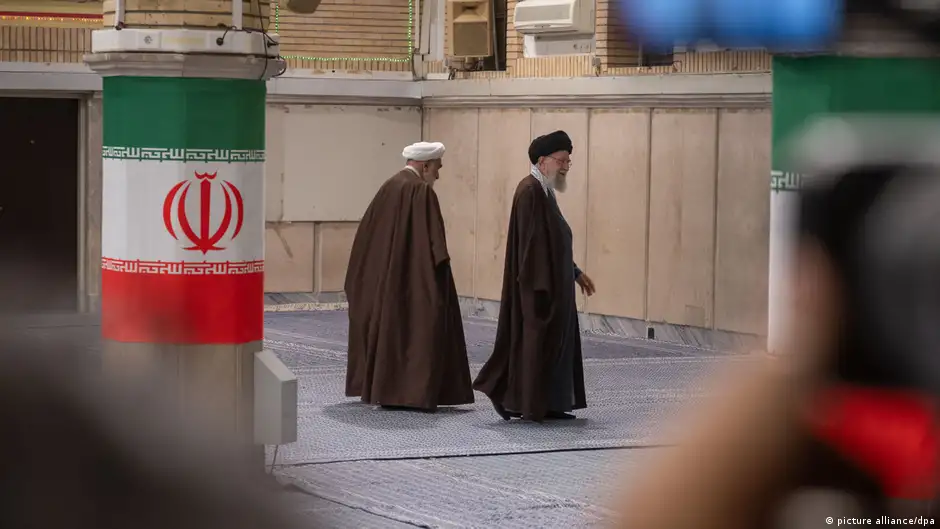
The impact on domestic and foreign policies
In terms of domestic policy, the steady decline in voter turnout is a clear indication of growing disillusionment with the political system. This is the third election in four years in which the majority of Iranians have abstained from voting. A crisis of legitimacy of this order is particularly significant in a society as dynamic and politically aware as Iran's.
The meagre showing at the polls thus boosts the morale of those who are actively seeking change, because they see it as evidence of a silent majority that likewise rejects the current regime. It remains to be seen whether this will lead to more coordinated and broader protests.
While those in power traditionally rely on their security apparatus, the ongoing erosion of their legitimacy poses a challenge that should not be underestimated in the medium term, especially as Khamenei's advanced age means that a change in leadership is on the cards.
The Iranian people have at the same time sent a clear message of dissatisfaction and desire for change to the outside world through both nationwide protests and election boycotts. This is also a clear signal to the West that the political landscape in Iran has changed. The challenge for the West is now to interpret these signs correctly and to readjust its policy on Iran in line with the hopes of Iranian civil society.
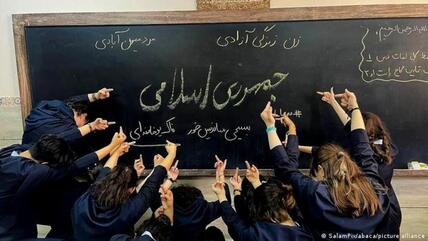
The struggle for self-determination
In their struggle for self-determination, Iranians are displaying a level of courage and cohesion we have not seen before. And this is why the protests sparked by Mahsa Amini’s violent death are feminist, writes Katajun Amirpur
These elections have made it even more evident that state and society in Iran remain on a collision course. An authoritarian regime increasingly focused on repression and the monopolisation of power today stands opposite a civilian population that is fully aware that the elite are pursuing agendas and priorities that are diametrically opposed to the interests of the people.
A de facto-exchange neatly illustrated this contrast: in the run-up to the election on 1 March, the commander of the Revolutionary Guards' air force declared that participation in the elections would strengthen the country's security against external threats: "Today [...] the presence of the people [at the ballot box] fills the magazine and the fist of the armed forces."
In contrast, street graffiti with a distinct message of civil resistance hinted at a different way in which the regime aimed to shore itself up through the vote, namely with repressive machinations directed against threats not from outside, but from within: "Their gun barrels are filling with ballots."
© Iran-Journal 2024
Translated from the German by Jennifer Taylor